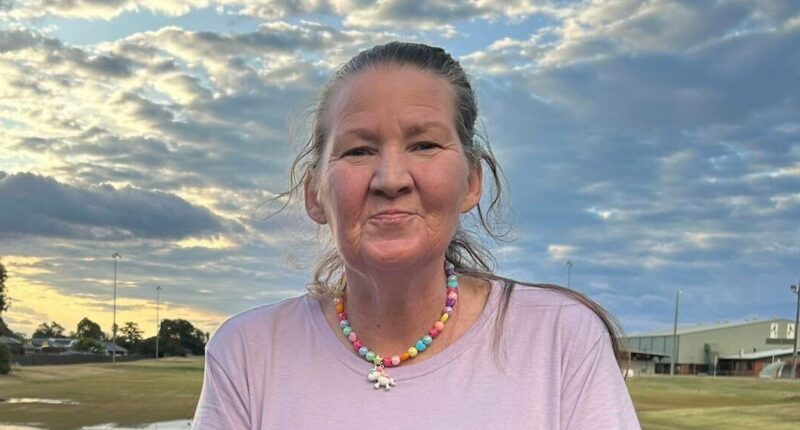Share this @internewscast.com
In an unexpected twist to a negligent manslaughter case, crucial evidence, including the accused’s mobile phone, was mistakenly destroyed by police, as revealed in a magistrate’s court hearing.
The accused, John Torney, a 40-year-old neighbor, faces charges of negligent manslaughter among other allegations, all of which he denies.

During an earlier committal hearing at Melbourne Magistrates Court, Torney’s mother testified that Torney and the victim had been in a brief two-week relationship, marked by arguments prior to the victim’s passing.
In today’s proceedings, it emerged that items confiscated from Torney upon his arrest, such as his phone and watch, were mistakenly disposed of by an officer at Cobram police station.
Detective Senior Constable Kim Sneddon explained in court that the evidence had been appropriately labeled. However, a colleague mistakenly identified it as trash and discarded it.

Unfortunately, by the time the error was discovered, the station’s waste had already been collected and sent to a landfill, making recovery impossible.
“That telephone was destroyed before it could be analysed,” the officer said.
“By the time I had already got on to it, it has already been crushed.”
Detective Senior Constable Sneddon said Torney had been the only police suspect in this case.
Forensic physician Jason Schreiber previously told the court Bates had methamphetamine in her system and her diabetes was “not well controlled” when she died.
He said a large gash to the top of her head, a cut to her nose and bruising under her eye could not be attributed to a single fall.
Today, forensic pathologist Michael Bourke said Bates “absolutely” died from a serious condition involving high sugar levels.
“She died of diabetic ketoacidosis,” Dr Bourke told the court.
He said anyone in that state needed treatment as soon as possible but could not say how quickly, likening it to the rhetorical question “how long is a piece of string?”
“This woman was in diabetic ketoacidosis and without treatment she was going to die,” Bourke told the court.

He said medical evidence showed Bates suffered a head injury within 48 hours before her death but could not pinpoint which had caused a brain injury.
“Any of them could have caused the brain injury, anything that caused a rotation to the brain,” he said.
He said injuries of that nature may or may not have made the person become unconsciousness.
Homicide Squad Detective Leading Senior Constable Lee Horsley said her specialist squad did not continue investigating the case after Bates’ post-mortem.
“We didn’t have that direct link to a homicide as to cause of death,” she said.
Prosecutor Matthew Cookson has alleged Torney had taken on duty of care for Bates.
However, Torney’s lawyer Hayden Rattray disputed that, asking for clarification of how they alleged his client voluntarily assumed that duty.
The hearing will resume in November for final submissions.
















